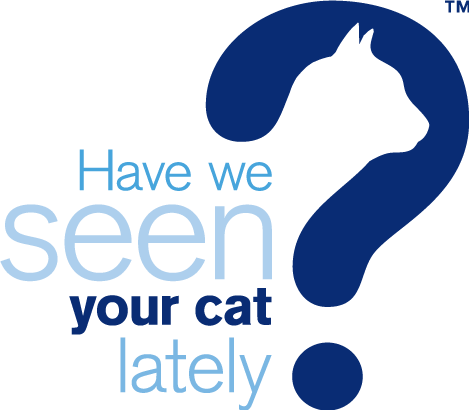Disease overview
Feline dental disease is one of the most common medical conditions seen by veterinarians. Regular health checks are important to detect signs of dental disease early.
Feline Dental Disease
Possible causes
- Plaque and tartar accumulation on teeth
- Gingivitis – inflammation of the gums
- Periodontal disease – an advanced gum disease which can result in tooth loss
- Malocclusion (abnormal bite)
- Tooth resorption – this is a condition which results in the loss of tooth structure, starting with the outer enamel surface, usually at or below the gum line. It is a common and often painful condition.
How is it diagnosed?
- Signs may be noticed by the pet owner e.g. difficulty chewing/eating, bad breath and weight loss
- Veterinary physical examination of the mouth
- Dental x-rays may be performed under anaesthetic to determine the extent of disease.
Clinical signs
- Inflamed gums (gingivitis) that may bleed easily
- Visible plaque on the teeth
- Decreased interest in food
- Chewing food with discomfort
- Foul mouth odour
- Reluctance to eat dry/hard food
- Excessive drooling
- Weight loss.
Risk factors
- Mature, senior and geriatric cats, although younger cats may also develop dental disease
- Lifelong diet of moist or soft foods
- Genetic susceptibility to malocclusion or oral resorptive lesions in some breeds.
Treatment
- Dental scaling and polishing under anaesthetic is often required to remove tartar and plaque
- Tooth extractions, if necessary
- Antibiotics may be used if infection is present in the mouth.
Prevention
- Regular dental check-ups by a veterinarian
- Some cats may allow owners to brush their teeth (with specially designed soft brushes and toothpaste)
- Your vet may recommend a prescription diet with a specially designed kibble to help reduce tartar build-up or dental treats. Look for products with VOHC approval.
- Dental scaling and polishing early in the disease may prevent progression and severe disease.

